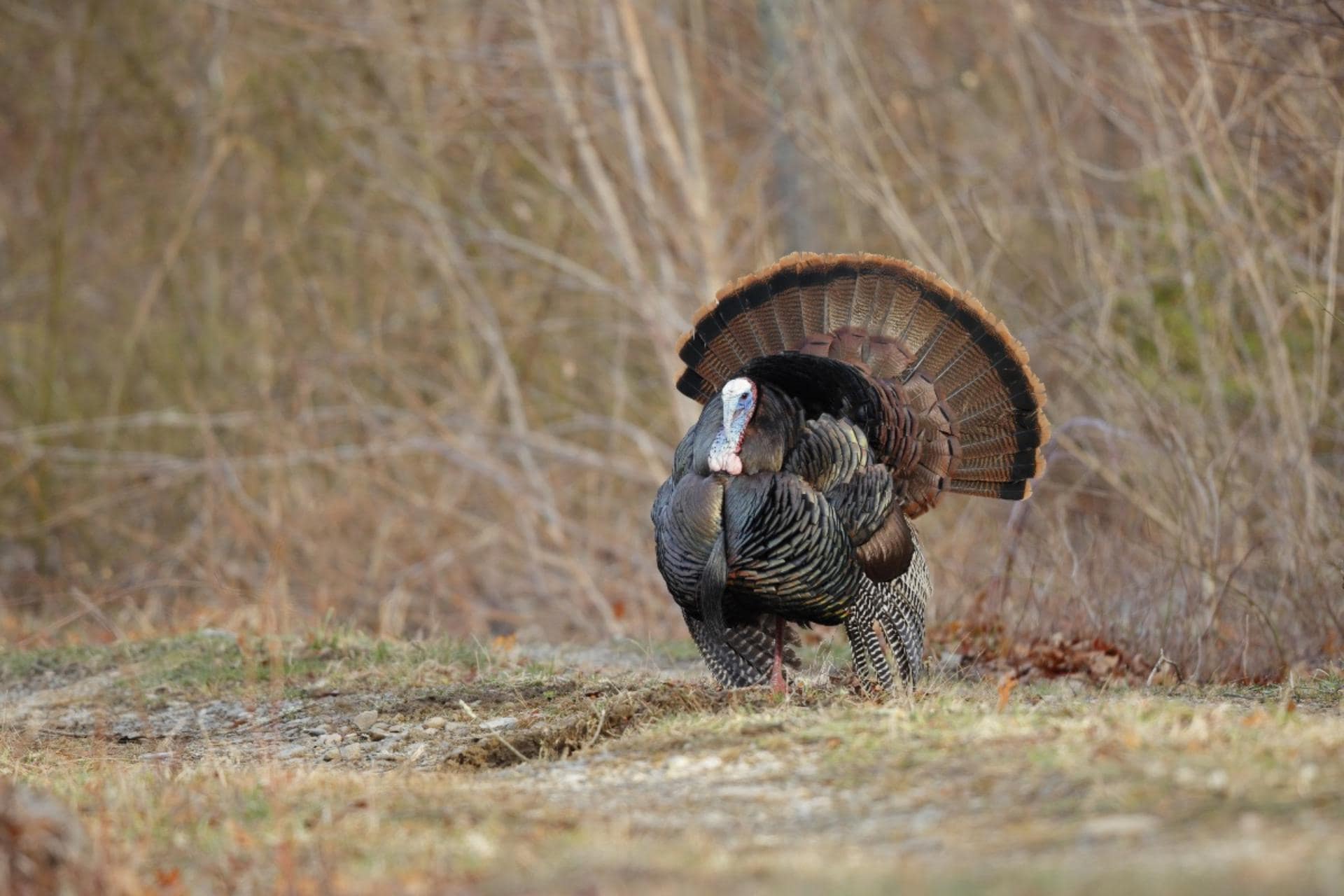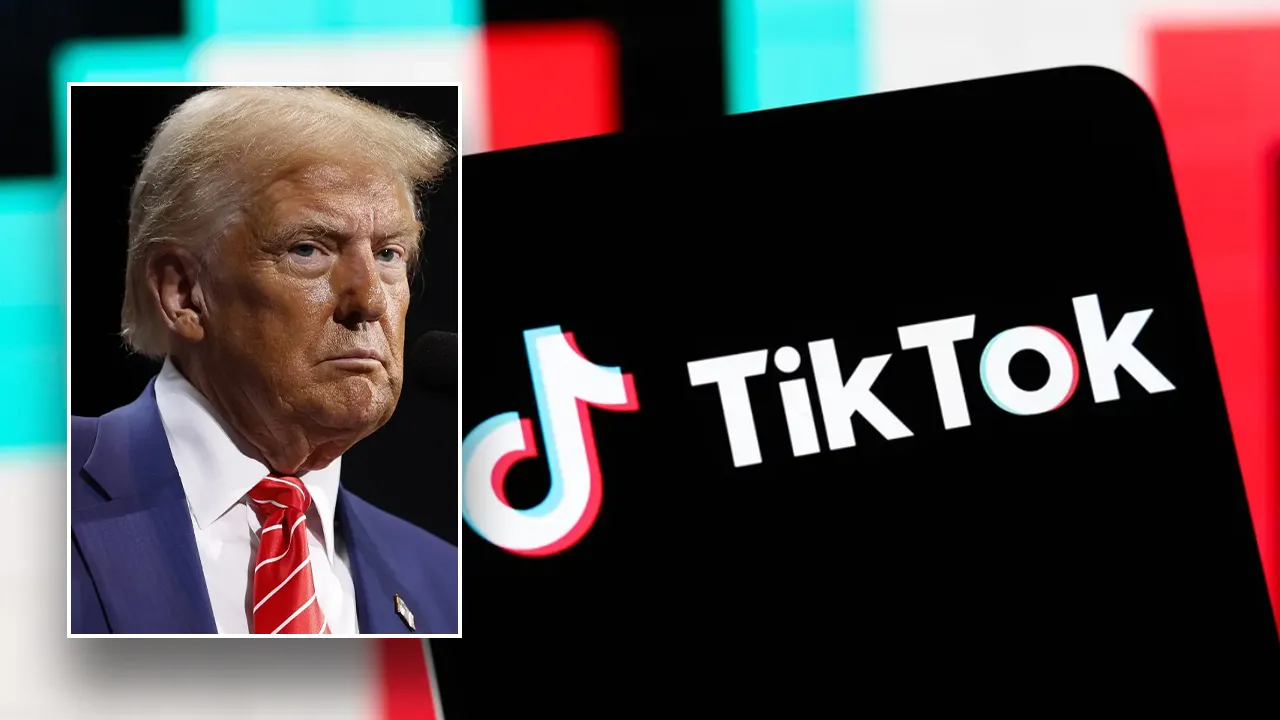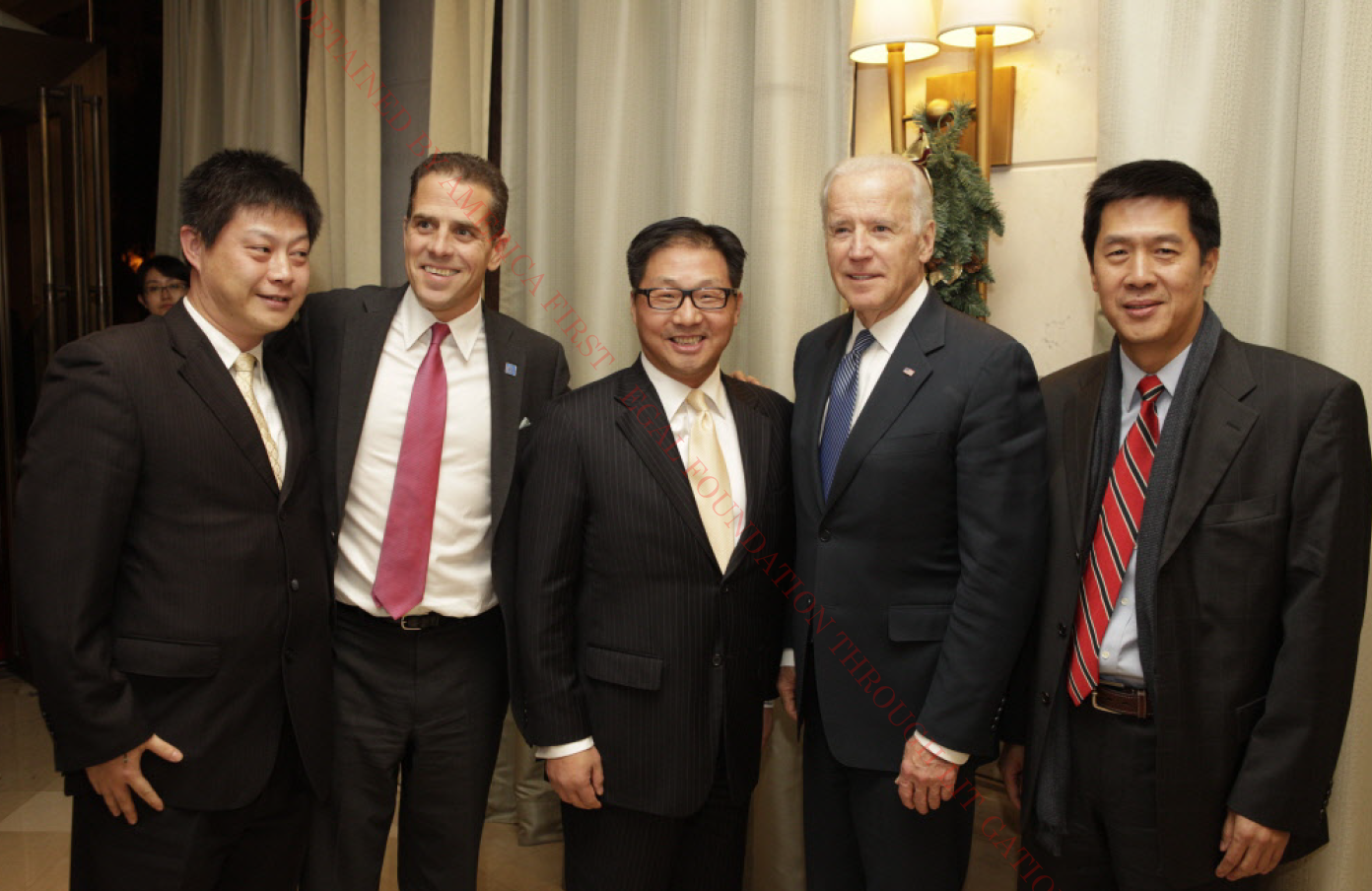Lifestyle
Mama June Takes Custody of One of Chickadee’s Daughters After Cancer Death
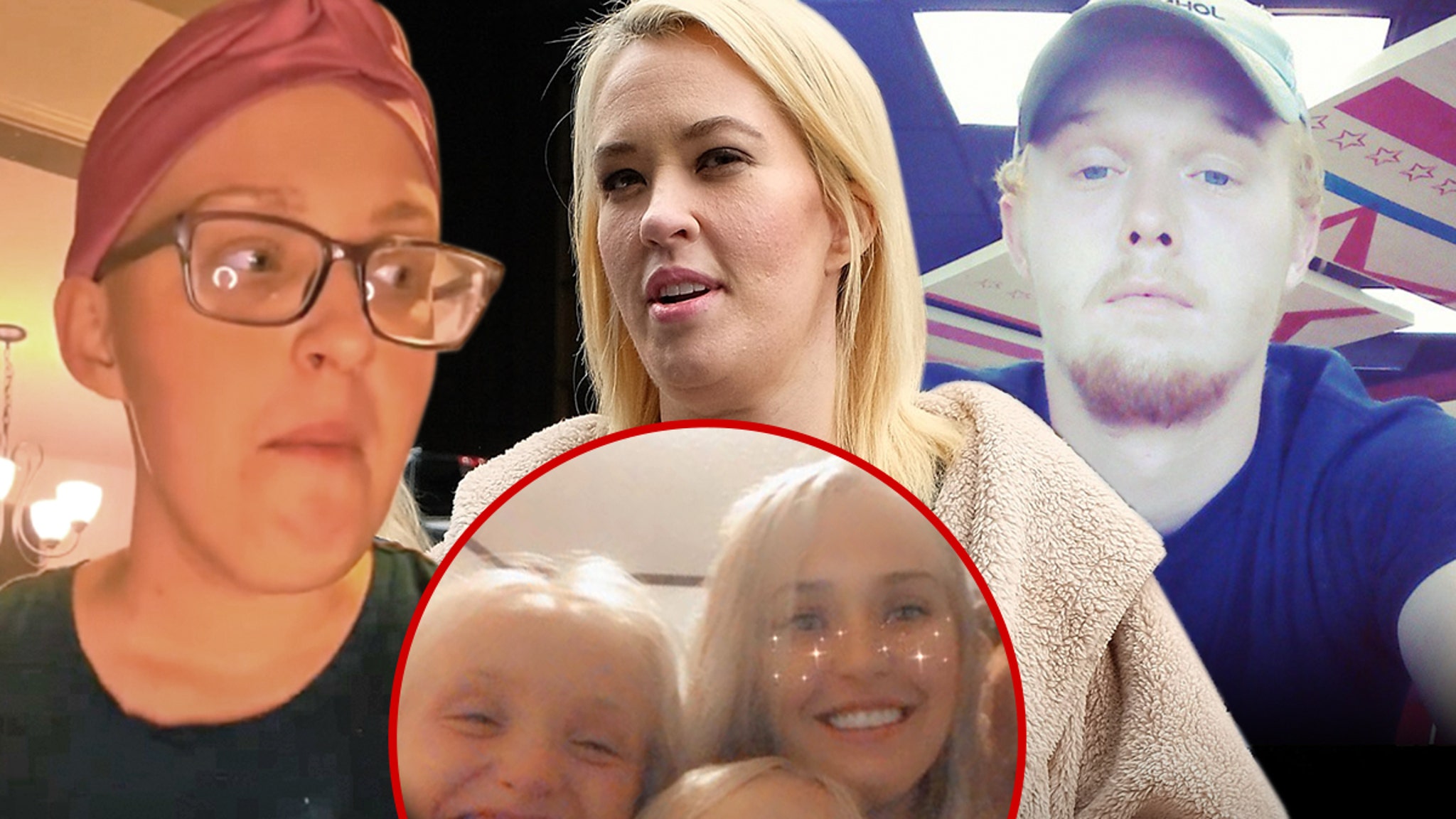
Mama June is taking over mama duties for one of here late daughter Anna “Chickadee” Cardwell‘s kids … TMZ has learned.
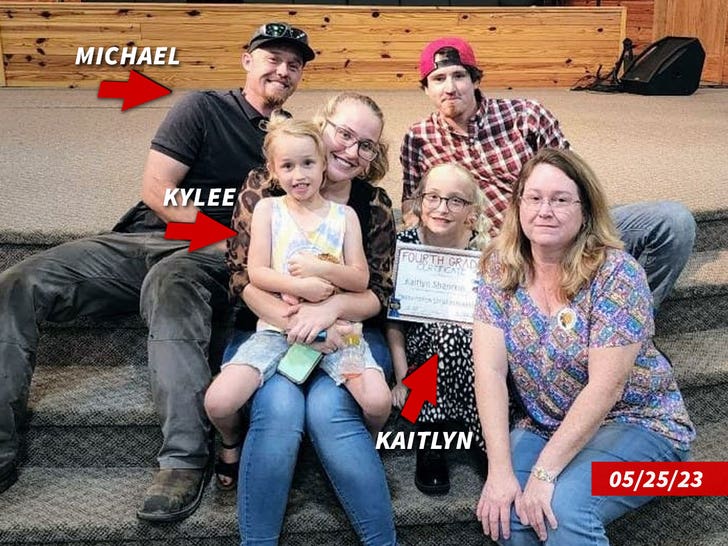
Family sources tell TMZ … Mama June is currently in custody of Anna’s 11-year-old daughter Kaitlyn.
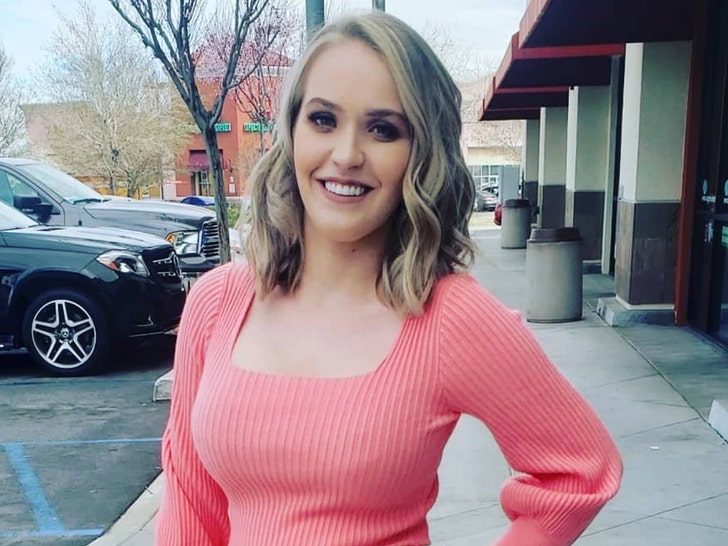
Anna, who died Saturday after a difficult battle with cancer, had 2 daughters with 2 different men … and our sources say the younger child, 8-year-old Kylee, is now living with her biological father, Michael.
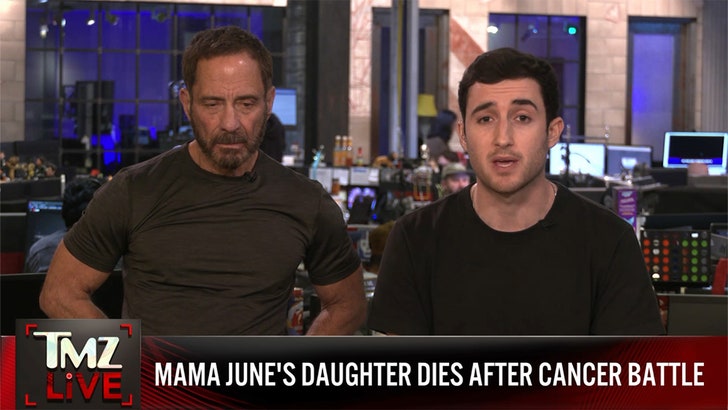
TMZ.com
We’re told the family had a plan in place for Kylee to move in with her dad should something happen to Anna, who was diagnosed, back in January, with stage 4 cancer.
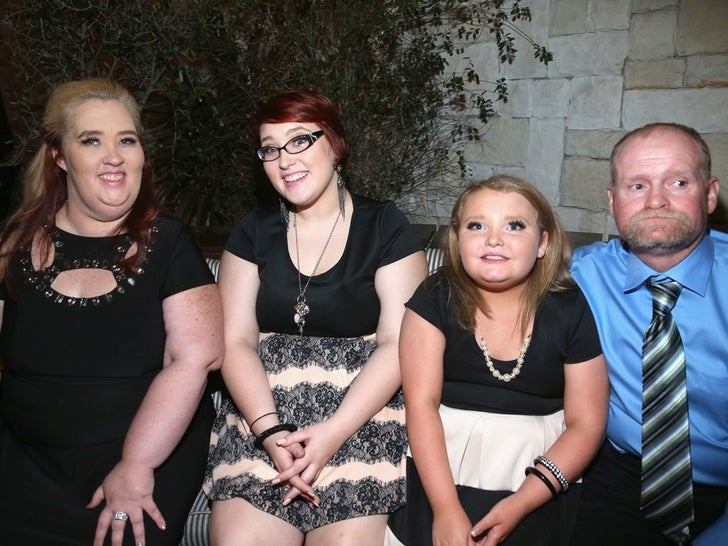
Our sources say Kaitlyn and Mama June have a very close bond — she’s June’s first grandchild — so, everyone in the family agrees, moving her to Grandma’s house is the best situation for her. We’re also told June plans to become Kaitlyn’s legal guardian.
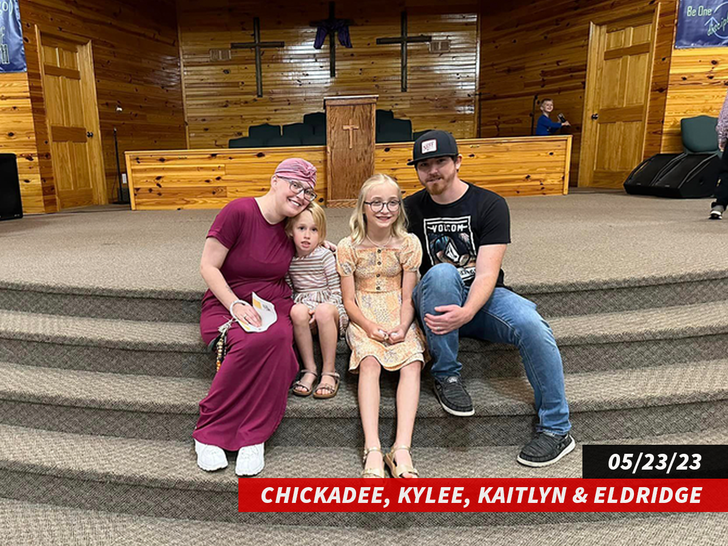
As we first told you, Anna secretly married her partner, Eldridge Toney, back in March after learning she had cancer.
We’re told Eldridge has a very close relationship with both Kaitlyn and Kylee — though he’s not their biological father — and he will continue to be involved in both their lives as well.
Tik Tok / @officialmamajune

12/10/23
Our sources also say Kaitlyn and Kylee are close as well, and will continue to see each other.

Lifestyle
Sportscaster Greg Gumbel dies at age 78

FILE – Greg Gumbel, left, watches as Connecticut head coach Jim Calhoun talks to Butler head coach Brad Stevens, right, prior to taping a television interview for the men’s NCAA Final Four college basketball championship game on April 3, 2011, in Houston.
Eric Gay/AP
hide caption
toggle caption
Eric Gay/AP
NEW YORK — Greg Gumbel, a longtime CBS sportscaster, has died from cancer, according to a statement from family released by CBS on Friday. He was 78.
“He leaves behind a legacy of love, inspiration and dedication to over 50 extraordinary years in the sports broadcast industry; and his iconic voice will never be forgotten,” his wife Marcy Gumbel and daughter Michelle Gumbel said in a statement.
In March, Gumbel missed his first NCAA Tournament since 1997 due to what he said at the time were family health issues. Gumbel was the studio host for CBS since returning to the network from NBC in 1998. Gumbel signed an extension with CBS last year that allowed him to continue hosting college basketball while stepping back from NFL announcing duties.
In 2001, he announced Super Bowl XXXV for CBS, becoming the first Black announcer in the U.S. to call play-by-play of a major sports championship.
David Berson, president and CEO of CBS Sports, described Gumbel as breaking barriers and setting standards for others during his years as a voice for fans in sports, including in the NFL and March Madness.
“A tremendous broadcaster and gifted storyteller, Greg led one of the most remarkable and groundbreaking sports broadcasting careers of all time,” said Berson.
Gumbel had two stints at CBS, leaving the network for NBC when it lost football in 1994 and returning when it regained the contract in 1998.
He hosted CBS’ coverage of the 1992 and 1994 Winter Olympics and called Major League Baseball games during its four-year run broadcasting the national pastime. In 1995, he hosted the World Figure Skating Championships and the following year hosted NBC’s daytime coverage of the Olympic Summer Games in Atlanta.

Dallas Cowboys cornerback Deion Sanders (left) and running back Michael Irvin (88) share the Vince Lombardi trophy as NBC commentator Greg Gumbel interviews the two after Super Bowl XXX in Tempe, Ariz., on Jan. 28, 1996.
Ron Heflin/AP
hide caption
toggle caption
Ron Heflin/AP
But it was football and basketball where he was best known and made his biggest impact. Gumbel hosted CBS’ NFL studio show, “The NFL Today” from 1990 to 1993 and again in 2004.
He also called NFL games as the network’s lead play-by-play announcer from 1998 to 2003, including Super Bowl XXXV and XXXVIII. He returned to the NFL booth in 2005, leaving that role after the 2022 season.
“Like all who knew and loved him, I too am saddened by his death, yet also so very grateful to have known him in my life,” Clark Kellogg, a CBS Sports college basketball game and studio analyst, said in a statement. “What a gift to be touched by such a good man and partner.”
Gumbel, the older brother of sportscaster Bryant Gumbel, grew up in Chicago and graduated from Loras College in Dubuque, Iowa, in 1967 with a degree in English. He won local Emmy Awards during his long career and was the recipient of the 2007 Pat Summerall Award for excellence in sports broadcasting.
Outside of his career as a sportscaster, he was affiliated with the March of Dimes for three decades, including as a member of its board of trustees. He also was a member of the Sports Council for St Jude’s Children’s Research Hospital for 16 years.
Lifestyle
L.A. Affairs: We spent our milestones together. Me, him and our cozy Pasadena sushi spot










The author is an artist based in Altadena. She has a degree in illustration from ArtCenter College of Design. See more of her work on Instagram @lilitoddart and on her website lilitodd.com.
L.A. Affairs chronicles the search for romantic love in all its glorious expressions in the L.A. area, and we want to hear your true story. We pay $400 for a published 950- to 1,000-word essay. (Occasionally we work with artists and cartoonists on illustrated stories.) Email your essay to LAAffairs@latimes.com. You can find past columns here.
More to Read
Lifestyle
You can take the suspense: Get cozy with a new mystery or thriller

Whether you’ve got a fireplace or a Yule log video, nothing warms you up like sitting with a good mystery or thriller by the fire. Grab a blanket and dive into one of these gripping tales recommended by NPR staff and book critics. Sleuthing for more? You can find all our heart-pounding reads in Books We Love, our annual year-end book guide.
Anita de Monte Laughs Last by Xochitl Gonzalez

The perils of a woman’s success exceeding her partner’s is a perennial obsession of culture. The message: When one star rises, another falters. And if a wife’s star eclipses her husband’s, trouble follows. In Xochitl Gonzalez’s engrossing art world drama, Anita de Monte Laughs Last, relationships are complicated by such power imbalances. The title character is the wife of a famous artist and a forgotten Latina painter whose death was either a tragic accident or a gross act of violence. Raquel Toro is a first-generation college student of Puerto Rican descent at Brown University who’s navigating her own treacherous waters and becomes obsessed with de Monte. Through their experiences, the book explores questions of race, class and privilege in the rarified environs of art and the Ivy League. — Carole V. Bell, culture critic and media and politics researcher
Do What Godmother Says by L.S. Stratton

Do What Godmother Says by L.S. Stratton is a fantastic addition to the collection of works set during and celebrating the artistic environment of the Harlem Renaissance. This captivating dual-timeline Gothic thriller follows a modern writer who discovers a family heirloom painting by a Harlem Renaissance artist, linking her family to a mysterious past. The novel explores the complex and often deteriorating relationships between patrons and artists during this significant cultural movement. I thoroughly enjoyed this historical fiction, as it skillfully reveals the intricacies of creative ownership, particularly in the context of race and wealth. — Keishel Williams, book critic
The God of the Woods by Liz Moore

Early one morning in 1975, a summer camp counselor finds an empty bunk – a 13-year-old camper has vanished. As the search begins along the banks of a lake in the Adirondacks, this 500-page drama unfolds – and it is worth every page! Liz Moore’s storytelling captures such an authentic picture of youth, young friendship and family secrets. There are thoughtful, well-developed characters, unexpected revelations, a history of a serial killer recently escaped, captivating storylines, shocking connections and surprising answers to every single mystery along the way. The God of the Woods has become a personal favorite of the year! — Lori Lizarraga, host, Code Switch
The Kamogawa Food Detectives by Hisashi Kashiwai, translated by Jesse Kirkwood

Do you have a favorite dish whose scents and tastes evoke cherished memories but whose recipe is elusive? Then perhaps you want to wend your way through the back streets of Kyoto to find Nagare and Kolishi Kamogawa – the retired police detective and his daughter, proprietors of the Kamagowa Diner and Kamogawa Detective Agency – who promise to “find your food.” The duo’s careful interviews and investigations mixed with the meticulous melding of ingredients aim to unlock the past and possibly open the future to satisfy clients who savor these special dishes, whether a steaming bowl of udon or beef stew. Delicious and delectable. Save room! You may want to order a second serving; this is the first in a series about the food detectives by Japanese dentist Hisashi Kashiwai.— Maryfran Tyler, executive director, Distribution Strategy
Little Rot by Akwaeke Emezi

In this twisty, poetic roller-coaster ride of a novel, a bitter breakup precipitates a harrowing descent into darkness for a wealthy young Nigerian man, his pious, long-suffering ex-girlfriend and their friends. Aima and Kalu met as ex-pats in Houston and returned home for his business and to build a life together. They’d been happy abroad, but the move shook loose something important. Back home they revert to destructive patterns. It’s complex, but at the core, love lies and dies in this fictional, decadent yet riveting, money-loving city of “New Lagos.” If you want a book that grabs onto your brain and shakes it, I highly recommend Akwaeke Emezi’s genre-defying Little Rot. It gutted and enthralled me in equal measure. — Carole V. Bell, culture critic and media and politics researcher
Nightwatching by Tracy Sierra

Nightwatching begins with a scene straight out of a nightmare: A woman is at home with two sleeping children when she hears the footsteps of an intruder on the stairs. The story that follows is by turns suspenseful, uncomfortable and enraging. Tracy Sierra skillfully uses the home invasion to explore the terrifying responsibility of motherhood and to expose the pure horror of being a woman in a society that does not always choose to believe women. — Julie Rogers, historian and curator, Research, Archives and Data Strategy
Pony Confidential by Christina Lynch

The pony in this mystery is such a delightfully bitter misanthrope, “bent on revenge” and singularly devoted to finding the girl who cast him aside, condemning him to a life of spoiled, bratty kids. Turns out, she’s grown up and charged with murder: a death that happened years before, the last night she and her pony were together. Did she do it? Did the pony? Can he use his wits and resist peppermints long enough for all to be revealed? A kooky page-turner that took me back to every girl-and-her-horse book I ever read, but Misty of Chincoteague was nowhere near as spicy as this pony is! — Melissa Gray, senior producer, Weekend Edition
The Seventh Veil of Salome by Silvia Moreno-Garcia

Silvia Moreno-Garcia refuses to confine herself to one genre, and that’s great news for readers. Her latest is a historical novel set in Golden Age Hollywood; it follows Vera, a young Mexican actor who lands the role of Salome in a big-budget biblical epic, and Nancy, a racist striver who can’t stand the young newcomer. Moreno-Garcia perfectly captures the feel of 1950s movies with her expert pacing and snappy dialogue. If the thought of a Turner Classic Movies marathon puts a smile on your face, this one couldn’t be more up your alley. — Michael Schaub, book critic
A Talent for Murder by Peter Swanson

If you love crime fiction, author Peter Swanson never disappoints. Same goes for Lily Kintner, the protagonist he first introduced in The Kind Worth Killing. Lily plays a key role in this spine-tingler about a librarian who suspects her new husband might be capable of, well, to say more might spoil the way Swanson always manages to upend readers’ expectations. — Shannon Rhoades, senior editor, Weekend Edition
We Solve Murders by Richard Osman

Did I read this and then immediately read every book in the Thursday Murder Club series? Yes, I did, because Richard Osman’s mystery novels are so fun. In We Solve Murders, Osman introduces a new crime-fighting trio: Amy Wheeler is a bodyguard for billionaires, her father-in-law, Steve, is a semiretired London cop obsessed with his cat, and Rosie D’Antonio is a bestselling novelist of indeterminate age currently being threatened by a Russian oligarch. There is a supervillain and there are some murders, but that’s not going to stop our detectives from having a lot of laughs as they travel around the world – or from enjoying the amenities on Rosie’s private plane. While I’m sad that I have to wait until 2025 to read another Richard Osman mystery, I’m happy to have two series to look forward to. — Samantha Balaban, producer, Weekend Edition
This is just a fraction of the 350+ titles we included in Books We Love this year. Click here to check out this year’s titles, or browse nearly 4,000 books from the last 12 years.

-
/cdn.vox-cdn.com/uploads/chorus_asset/file/24924653/236780_Google_AntiTrust_Trial_Custom_Art_CVirginia__0003_1.png)
/cdn.vox-cdn.com/uploads/chorus_asset/file/24924653/236780_Google_AntiTrust_Trial_Custom_Art_CVirginia__0003_1.png) Technology7 days ago
Technology7 days agoGoogle’s counteroffer to the government trying to break it up is unbundling Android apps
-

 News1 week ago
News1 week agoNovo Nordisk shares tumble as weight-loss drug trial data disappoints
-

 Politics1 week ago
Politics1 week agoIllegal immigrant sexually abused child in the U.S. after being removed from the country five times
-

 Entertainment1 week ago
Entertainment1 week ago'It's a little holiday gift': Inside the Weeknd's free Santa Monica show for his biggest fans
-

 Lifestyle1 week ago
Lifestyle1 week agoThink you can't dance? Get up and try these tips in our comic. We dare you!
-
/cdn.vox-cdn.com/uploads/chorus_asset/file/25672934/Metaphor_Key_Art_Horizontal.png)
/cdn.vox-cdn.com/uploads/chorus_asset/file/25672934/Metaphor_Key_Art_Horizontal.png) Technology3 days ago
Technology3 days agoThere’s a reason Metaphor: ReFantanzio’s battle music sounds as cool as it does
-

 Technology1 week ago
Technology1 week agoFox News AI Newsletter: OpenAI responds to Elon Musk's lawsuit
-

 News4 days ago
News4 days agoFrance’s new premier selects Eric Lombard as finance minister









